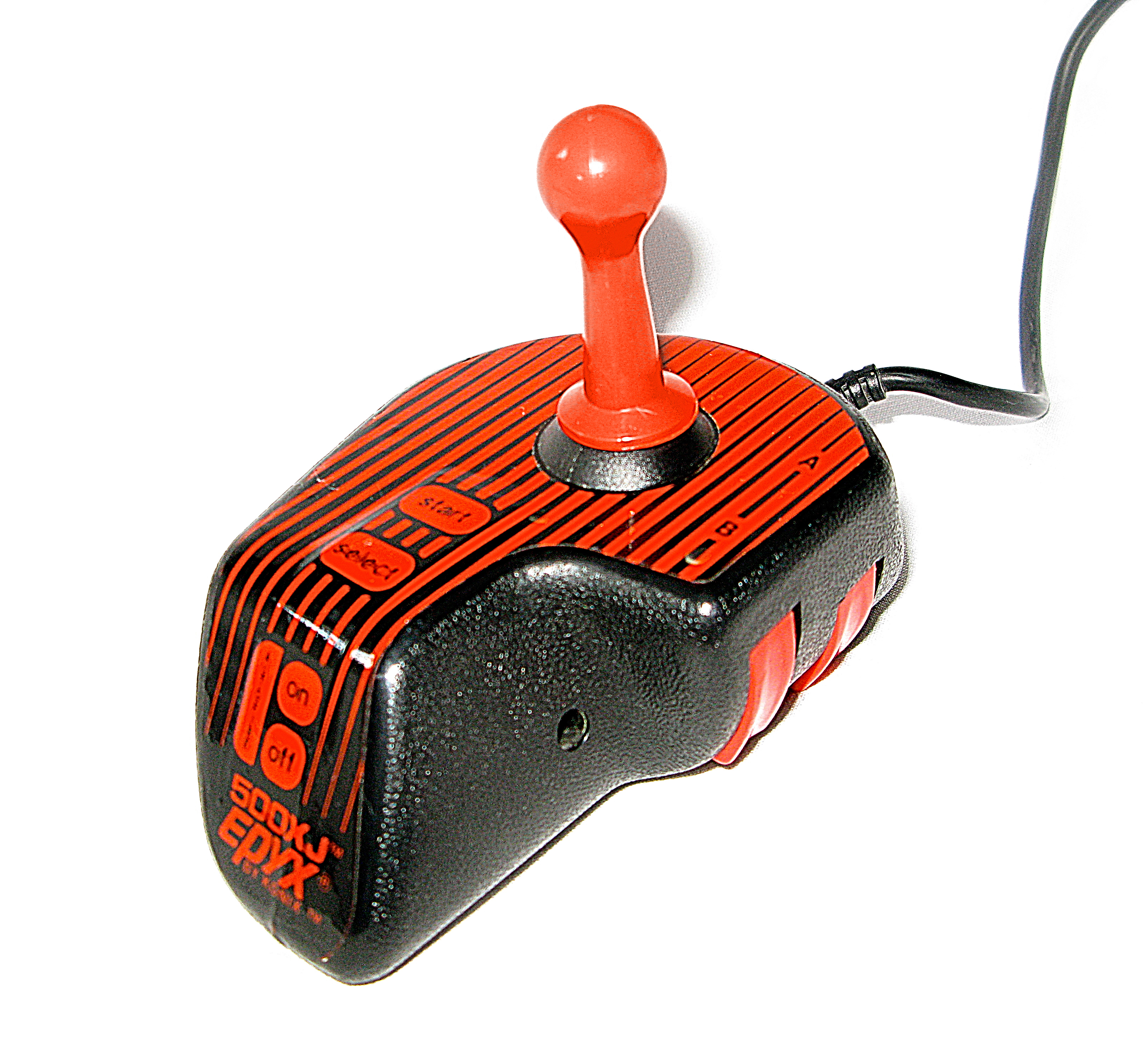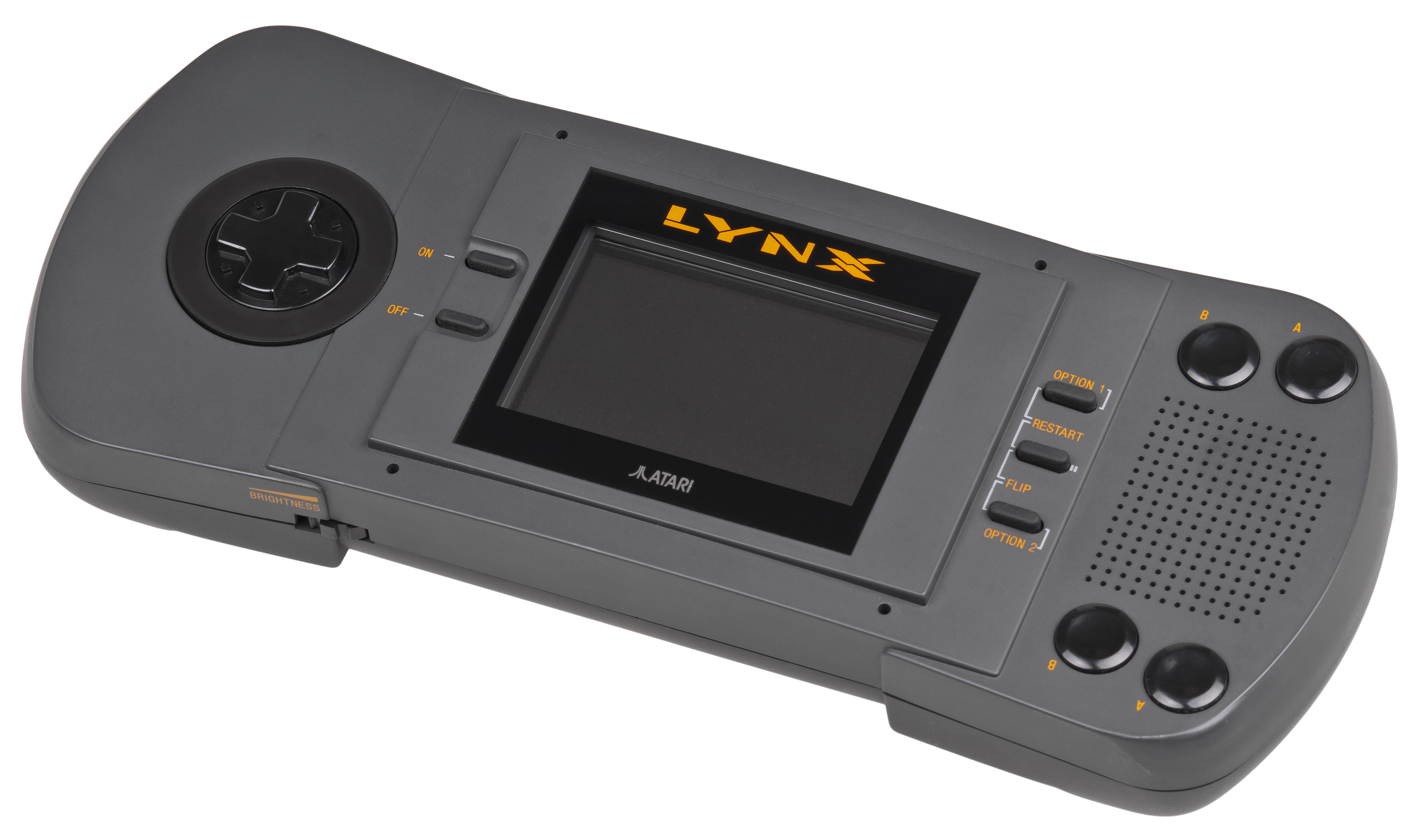|
Pitstop II
''Pitstop II'' is a 1984 sequel to the 1983 racing game '' Pitstop'', both of which were published by Epyx. Ported to more platforms than the original, ''Pitstop II'' was released for the Commodore 64, Atari 8-bit family, and as a self-booting disk for IBM PC compatibles. Apple II and TRS-80 Color Computer versions were released in 1985. ''Pitstop II'' adds a split-screen, simultaneous two-player game mode. Players can be in completely different places on the racing track, and each half of the screen shows the view of the track according to the player's position. Gameplay The game requires that players keep an eye on their tires and fuel gauge. Players are able to pull in for a pit stop to change tires as well as re-fuel. Six international race tracks are available: Brands Hatch, Hockenheim, Rouen-Les-Essarts, Sebring, Vallelunga, and Watkins Glen — with a choice of either racing for three, six or nine laps and from one of three difficulty levels. Reception ''Zzap!64'' cal ... [...More Info...] [...Related Items...] OR: [Wikipedia] [Google] [Baidu] |
Epyx
Epyx, Inc. was a video game developer and publisher active in the late 1970s and 1980s. The company was founded as Automated Simulations by Jim Connelley and Jon Freeman, originally using Epyx as a brand name for action-oriented games before renaming the company to match in 1983. Epyx published a long series of games through the 1980s. The company is currently owned by Bridgestone Multimedia Group Global. History Formation In 1977, Susan Lee-Merrow invited Jon Freeman to join a Dungeons & Dragons game hosted by Jim Connelley and Jeff Johnson. Connelley later purchased a Commodore PET computer to help with the bookkeeping involved in being a dungeon master, and came up with the idea of writing a computer game for the machine before the end of the year so he could write it off on his taxes. Freeman had written on gaming for several publications, and joined Connelley in the design of a new space-themed wargame. Starting work around August 1978, Freeman wrote the basic rules, missio ... [...More Info...] [...Related Items...] OR: [Wikipedia] [Google] [Baidu] |
Rouen-Les-Essarts
Rouen-Les-Essarts was a motor racing circuit in Orival, near Rouen, France. From its opening in 1950, Rouen-Les-Essarts was recognized as one of Europe's finest circuits, with modern pits, a wide track, and spectator grandstands. The street circuit (which ran on public roads) had a few medium straights, a cobbled hairpin turn (Nouveau Monde) at the southernmost tip, and a few blind corners through a wooded hillside The appeal was greatly enhanced by the climb from Nouveau Monde at to Gresil at , with gradients over 9%. Rouen hosted five Formula One French Grand Prix races, the last one in 1968 resulting in the tragic burning death of Jo Schlesser, at the fast downhill Six Frères curve. The circuit continued to host major Formula 2 events until 1978, after which it was used for various French Championships. The circuit had a number of different configurations. From its construction in 1950 until 1954 it was in length. In 1955 major works increased the circuit's length to , i ... [...More Info...] [...Related Items...] OR: [Wikipedia] [Google] [Baidu] |
Split-screen Multiplayer Games
Split screen may refer to: * Split screen (computing), dividing graphics into adjacent parts * Split screen (video production), the visible division of the screen * ''Split Screen'' (TV series), 1997–2001 * Split-Screen Level, a bug in the video game ''Pac-Man'' at Level 256 * Split screen, a focusing screen in a system camera * Splitscreen, or Volkswagen Type 2, a light commercial vehicle 1950–1967 See also * *Multi-screen (other) *Dual Screen (other) Dual screen may refer to: * A multi-monitor setup with two monitors *Dual-touchscreen, a display setup for computers or phones *Second screen, a device (e.g. mobile device) providing an enhanced viewing experience for content on another device (e.g ... {{disambiguation bg:Split screen de:Split Screen fr:Split screen ... [...More Info...] [...Related Items...] OR: [Wikipedia] [Google] [Baidu] |
Video Game Sequels
A sequel is a work of literature, film, theatre, television, music or video game that continuity (fiction), continues the story of, or expanded universe, expands upon, some earlier work. In the common context of a narrative work of fiction, a sequel portrays events set in the same fictional universe as an earlier work, usually chronologically following the events of that work. In many cases, the sequel continues elements of the original story, often with the same characters and settings. A sequel can lead to a film series, series, in which key elements appear repeatedly. Although the difference between more than one sequel and a series is somewhat arbitrary, it is clear that some media franchises have enough sequels to become a series, whether originally planned as such or not. Sequels are attractive to creators and to publishers because there is less risk involved in returning to a story with known popularity rather than developing new and untested characters and settings. Au ... [...More Info...] [...Related Items...] OR: [Wikipedia] [Google] [Baidu] |
Commodore 64 Games ...
{{short description, None This is a list of games for the Commodore 64 personal computer system, sorted alphabetically. See Lists of video games for other platforms. Because of the length of the list, it has been broken down to two parts: *List of Commodore 64 games (A–M) *List of Commodore 64 games (N–Z) See also * Commodore 64 Games System * Commodore 64 The Commodore 64, also known as the C64, is an 8-bit home computer introduced in January 1982 by Commodore International (first shown at the Consumer Electronics Show, January 7–10, 1982, in Las Vegas). It has been listed in the Guinness ... [...More Info...] [...Related Items...] OR: [Wikipedia] [Google] [Baidu] |
Epyx Games
Epyx, Inc. was a video game developer and publisher active in the late 1970s and 1980s. The company was founded as Automated Simulations by Jim Connelley and Jon Freeman, originally using Epyx as a brand name for action-oriented games before renaming the company to match in 1983. Epyx published a long series of games through the 1980s. The company is currently owned by Bridgestone Multimedia Group Global. History Formation In 1977, Susan Lee-Merrow invited Jon Freeman to join a Dungeons & Dragons game hosted by Jim Connelley and Jeff Johnson. Connelley later purchased a Commodore PET computer to help with the bookkeeping involved in being a dungeon master, and came up with the idea of writing a computer game for the machine before the end of the year so he could write it off on his taxes. Freeman had written on gaming for several publications, and joined Connelley in the design of a new space-themed wargame. Starting work around August 1978, Freeman wrote the basic rules, missio ... [...More Info...] [...Related Items...] OR: [Wikipedia] [Google] [Baidu] |
Atari 8-bit Family Games
Atari () is a brand name that has been owned by several entities since its inception in 1972. It is currently owned by French publisher Atari SA through a subsidiary named Atari Interactive. The original Atari, Inc., founded in Sunnyvale, California, in 1972 by Nolan Bushnell and Ted Dabney, was a pioneer in arcade games, home video game consoles and home computers. The company's products, such as ''Pong'' and the Atari 2600, helped define the electronic entertainment industry from the 1970s to the mid-1980s. In 1984, as a result of the video game crash of 1983, the home console and computer divisions of the original Atari Inc. were sold off, and the company was renamed Atari Games Inc. Atari Games received the rights to use the logo and brand name with appended text "Games" on arcade games, as well as the derivative coin-operated arcade rights to the original 1972–1984 arcade hardware properties. The Atari Consumer Electronics Division properties were in turn sold to Jack ... [...More Info...] [...Related Items...] OR: [Wikipedia] [Google] [Baidu] |
Apple II Games
An apple is an edible fruit produced by an apple tree (''Malus domestica''). Apple fruit tree, trees are agriculture, cultivated worldwide and are the most widely grown species in the genus ''Malus''. The tree originated in Central Asia, where its wild ancestor, ''Malus sieversii'', is still found today. Apples have been grown for thousands of years in Asia and Europe and were brought to North America by European colonization of the Americas, European colonists. Apples have Religion, religious and mythology, mythological significance in many cultures, including Norse mythology, Norse, Greek mythology, Greek, and Christianity in Europe, European Christian tradition. Apples grown from seed tend to be very different from those of their parents, and the resultant fruit frequently lacks desired characteristics. Generally, apple cultivars are propagated by clonal grafting onto rootstocks. Apple trees grown without rootstocks tend to be larger and much slower to fruit after plantin ... [...More Info...] [...Related Items...] OR: [Wikipedia] [Google] [Baidu] |
1984 Video Games
Events January * January 1 – The Bornean Sultanate of Brunei gains full independence from the United Kingdom, having become a British protectorate in 1888. * January 7 – Brunei becomes the sixth member of the Association of Southeast Asian Nations (ASEAN). * January 10 ** The United States and the Vatican City, Vatican (Holy See) restore full diplomatic relations. ** The Victoria, Seychelles, Victoria Agreement is signed, institutionalising the Indian Ocean Commission. *January 24 – Steve Jobs launches the Macintosh 128K, Macintosh personal computer in the United States. February * February 3 ** Dr. John Buster and the research team at Harbor–UCLA Medical Center announce history's first embryo transfer from one woman to another, resulting in a live birth. ** STS-41-B: Space Shuttle Challenger, Space Shuttle ''Challenger'' is launched on the 10th Space Shuttle mission. * February 7 – Astronauts Bruce McCandless II and Robert L. Stewart make the first untethered spac ... [...More Info...] [...Related Items...] OR: [Wikipedia] [Google] [Baidu] |
Wii Virtual Console
A virtual console (VC) – also known as a virtual terminal (VT) – is a conceptual combination of the keyboard and display for a computer user interface. It is a feature of some Unix-like operating systems such as Linux, BSD, illumos, UnixWare, and macOS in which the system console of the computer can be used to switch between multiple virtual consoles to access unrelated user interfaces. Virtual consoles date back at least to XenixUnited States Patent 4945468 lists Xenix as prior art in this area. and Concurrent CP/M in the 1980s. In the Linux console and other platforms, usually the first six virtual consoles provide a text terminal with a login prompt to a Unix shell. The graphical X Window System traditionally starts in the seventh virtual console (tty7), although this is configuration dependent. In Linux, the user switches between them by pressing the Alt key combined with a function key – for example + to access the virtual console number 1. + changes to the pr ... [...More Info...] [...Related Items...] OR: [Wikipedia] [Google] [Baidu] |
Zzap!64
''Zzap!64'' was a computer games magazine covering games on the Commodore International series of computers, especially the Commodore 64 (C64). It was published in the UK by Newsfield Publications Ltd and later by Europress Impact. The magazine launched in April, with the cover date May 1985, as the sister magazine to ''CRASH''. It focused on the C64 for much of its shelf life, but later incorporated Amiga game news and reviews. Like ''CRASH'' for the ZX Spectrum, it had a dedicated cult following amongst C64 owners and was well known for its irreverent sense of humour as well as its extensive, detailed coverage of the C64 scene. The magazine adopted an innovative review system that involved the use of the reviewers' faces, artistically rendered by in-house artists Oli Frey and Mark Kendrick, to express their reaction to the games. These eventually evolved into static cartoons as the magazine began catering for a younger market. By 1992, the magazine had changed so dramatically i ... [...More Info...] [...Related Items...] OR: [Wikipedia] [Google] [Baidu] |




